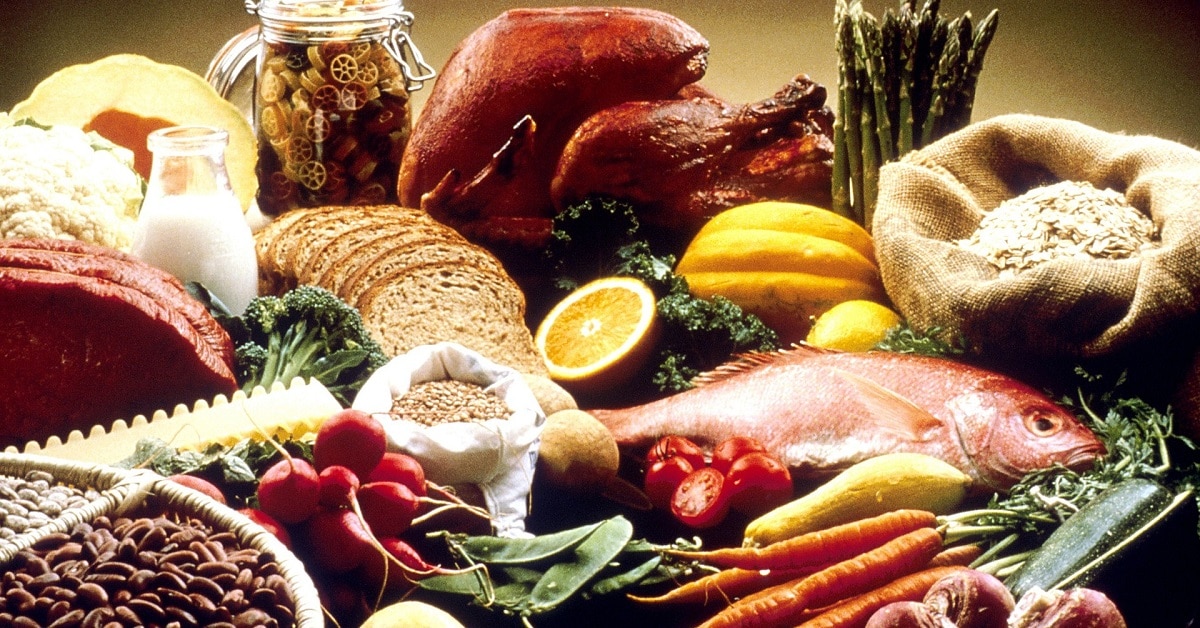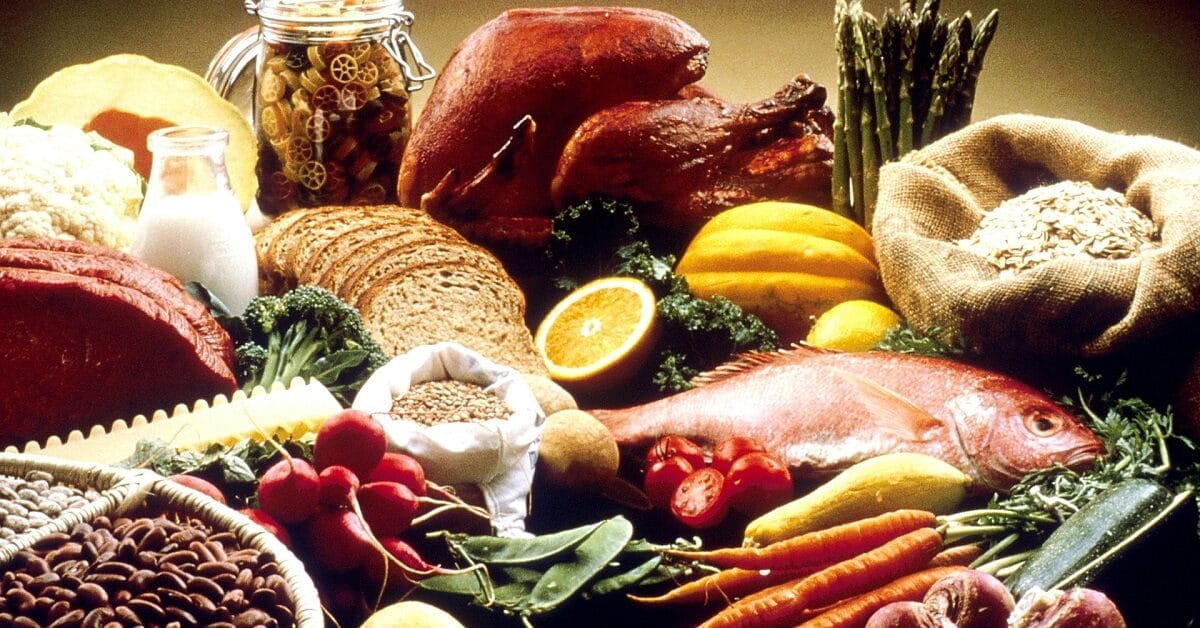
Foods low in carbs are an essential part of keto diets designed for losing weight, shedding body fat, and controlling blood sugar levels.
People who want to lose body fat, excess weight, or control blood sugar may adopt a keto diet based on foods low in carbs, high in fats, and containing moderate levels of proteins.
Ketogenic diets are used for inducing nutritional ketosis, a state in which the body utilizes fats instead of carbs as a source of calories or energy.
Diets low in carbs that force the body to rely on fats for energy must also have high fat content, moderate proteins, adequate vitamins, minerals, and antioxidants.
If you’ve been looking for a list of keto-friendly zero- or low-carb foods, then you’ve come to the right place. Here are 9 foods low in carbs that can find a place in your keto diet.
Non-vegan foods low in carbs
1. Poultry: Chicken, turkey, goose, duck
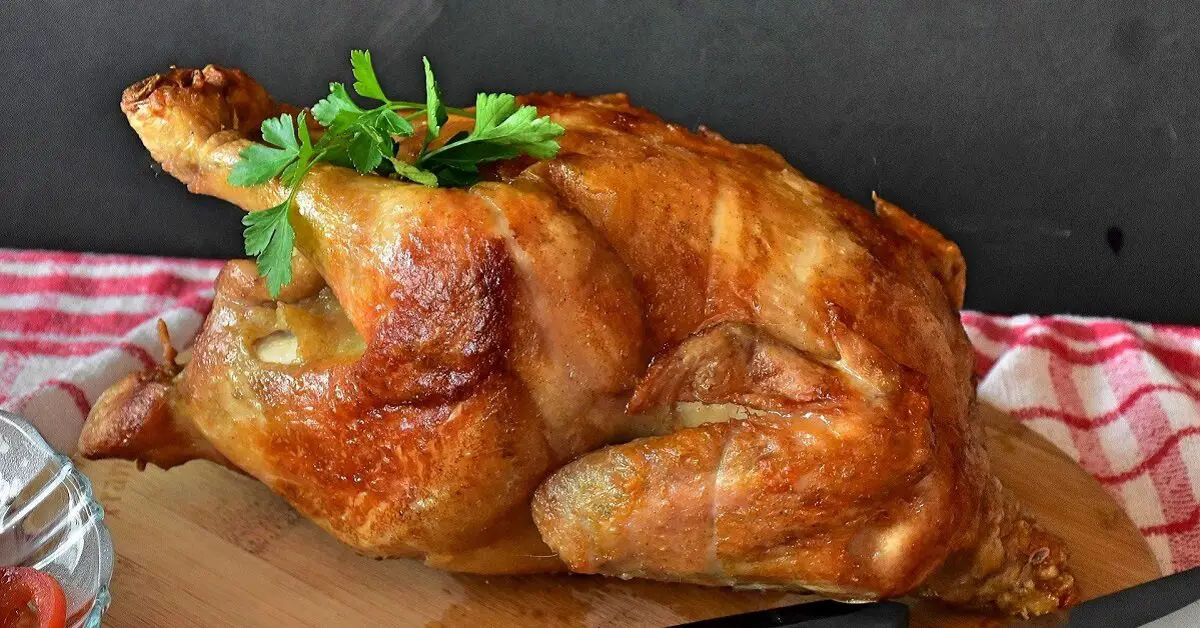
Poultry meat — such as chicken, turkey, goose, and duck — has zero carbs and thus can be part of a keto diet. They supply high-quality proteins for a healthful diet plan.
There are two types of chicken and turkey meat: white and dark meat.
White meat from parts such as the breast and wings. Breast and wing meat have a whiter appearance due to low levels of the protein known as myoglobin.
Roasted turkey breast (white meat) is higher in protein, but lower in calories and fat content than roasted turkey thigh (dark meat).
Dark meat comes from the thighs and legs (drumstick). They have a dark-reddish color due to higher levels of myoglobin that stores oxygen and releases it to the active skeletal muscles of the legs and thigh when needed.
Dark meat is also high in protein but higher in fats and calories than white meat. Overall, white meat is healthier than dark meat due to lower calories and lower fat content.
While you may include moderate amounts of poultry in your diet, you should remember that a healthy keto diet should not be high in saturated fats. Dietitians recommend eating only skinless chicken and turkey to reduce your intake of saturated fats.
2. Fish and seafood

Fish and seafood also have zero carbs and can therefore be included in a low-carb keto diet plan. Fish and seafood are rich sources of fish oil containing omega-3 fatty acids — long-chain n-3 polyunsaturated fatty acids (LC n-3 PUFA) — believed to be cardio-protective.
Biomedical researchers have found that long-chain n-3 polyunsaturated fatty acids, including eicosapentaenoic acid (EPA) and docosahexaenoic acid (DHA), decrease the risk of fatal coronary heart disease (CHD). Experts believe they may protect against heart disease through their anti-inflammatory properties and by lowering blood triglycerides (fat) levels. Research also suggests that fish and seafood may prevent insulin resistance that leads to type 2 diabetes.
“We conclude that 1 to 2 seafood meals per week be included to reduce the risk of congestive heart failure, coronary heart disease, ischemic stroke, and sudden cardiac death, especially when seafood replaces the intake of less healthy foods,” Eric Rimm and colleagues concluded in their study on the role of LC n-3 PUFA in preventing diabetes.
Fish rich in omega-3 fatty acids include salmon, sardine, anchovy, mackerel, cod, herring, tuna, and trout. Seafood rich in iodine that can play a role in a low-carb diet includes crab, lobster, mussels, oysters, clams, scallops, squid, and shrimps.
Fish and seafood, such as salmon, sardines, herring, swordfish, mackerel, cod, and halibut are also rich sources of vitamin D.
3. Meats: beef, lamb, pork, and organ meats
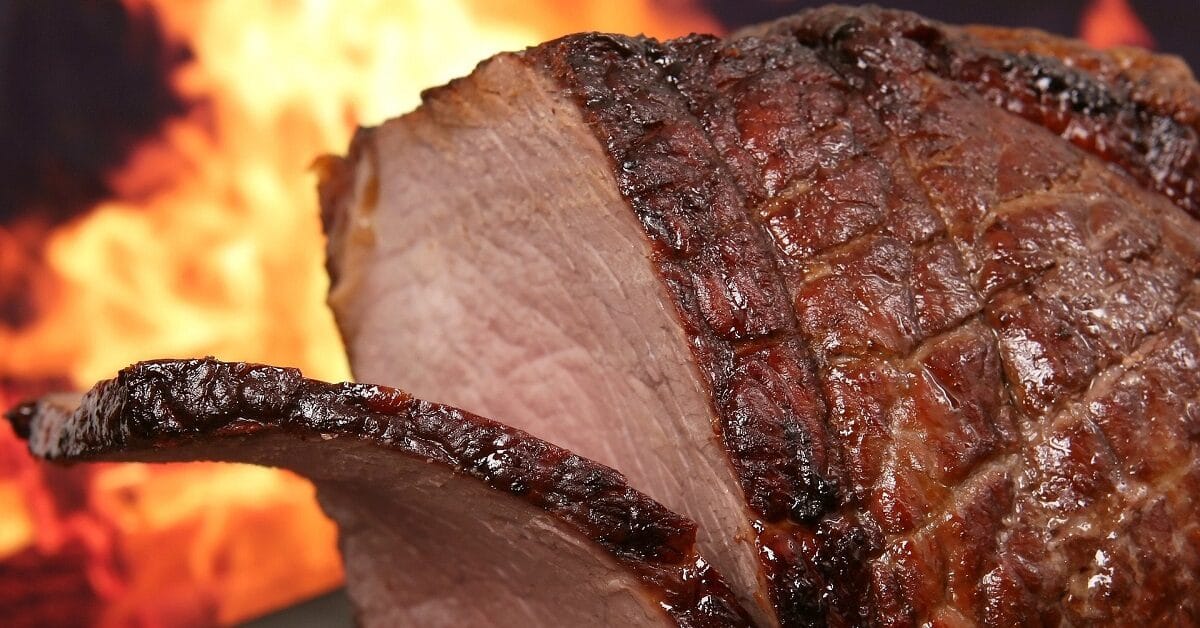
Meats, such as beef, lamb, pork, veal, venison, and organ meats, also have zero carbs and thus can be included in a low-carb keto diet.
According to the USDA, the leanest beef cuts include:
- Round steaks and roasts
- Top loin
- Top sirloin
- Chuck shoulder
- Arm roasts
The leanest pork cuts include:
- Tenderloin
- Center loin
- Ham
- Pork loin
While the leaner and fatter cuts of meat are all suitable for a diet low in carbs, you must take care not to eat too much of the fattest cuts due to their high saturated fat content. Ideally, a keto diet should not be too high in saturated fats. It is best to keep your consumption of saturated fats to moderate levels due to their link to heart disease.
You may also want to include more fish in your low-carb diet because fish is healthier than meats.
Organ meats, such as liver, heart, and kidneys, also have fats, but they are rich sources of vitamins B12, other B-complex vitamins, A, D, E, and K, and minerals such as iron, magnesium, copper, selenium, and phosphorus.
4. Eggs
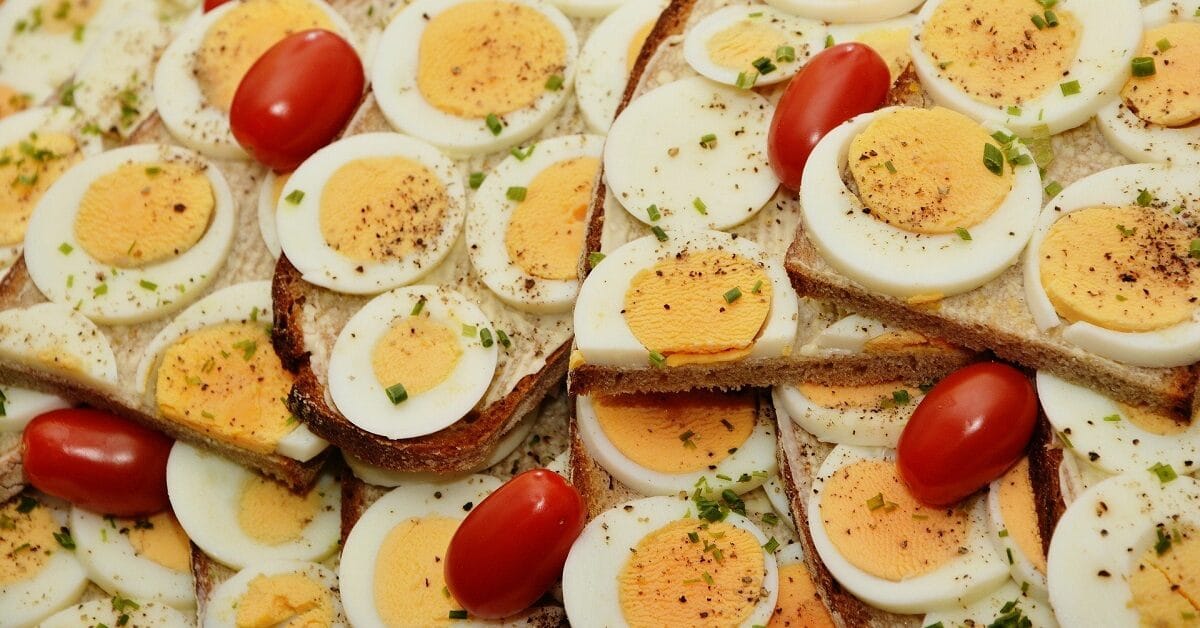
Eggs are highly nutritious and have zero carbs.
They are good sources of high-quality proteins, vitamins, minerals, and antioxidants. They also contain more “healthy” monounsaturated (MUFAs) and polyunsaturated fats (PUFAs) than less healthy saturated fats.
However, like meats, you should eat eggs in moderation due to the saturated fat and high cholesterol content. High blood cholesterol (hypercholesterolemia) has been linked with an increase in fatty deposits in blood vessels. The deposits can lead to coronary heart disease (CHD), high blood pressure, stroke, and type 2 diabetes.
However, some recent studies suggest that eating eggs does not lead to a significant increase in “bad” LDL cholesterol levels in the majority of healthy individuals.
“Short-term egg consumption does not adversely affect endothelial function in healthy adults, supporting the view that dietary cholesterol may be less detrimental to cardiovascular health than previously thought,” Katz and colleagues concluded in their study of the effect of egg consumption on “bad” LDL cholesterol levels.
Vegetarian foods low in carbs
5. Leafy green veggies
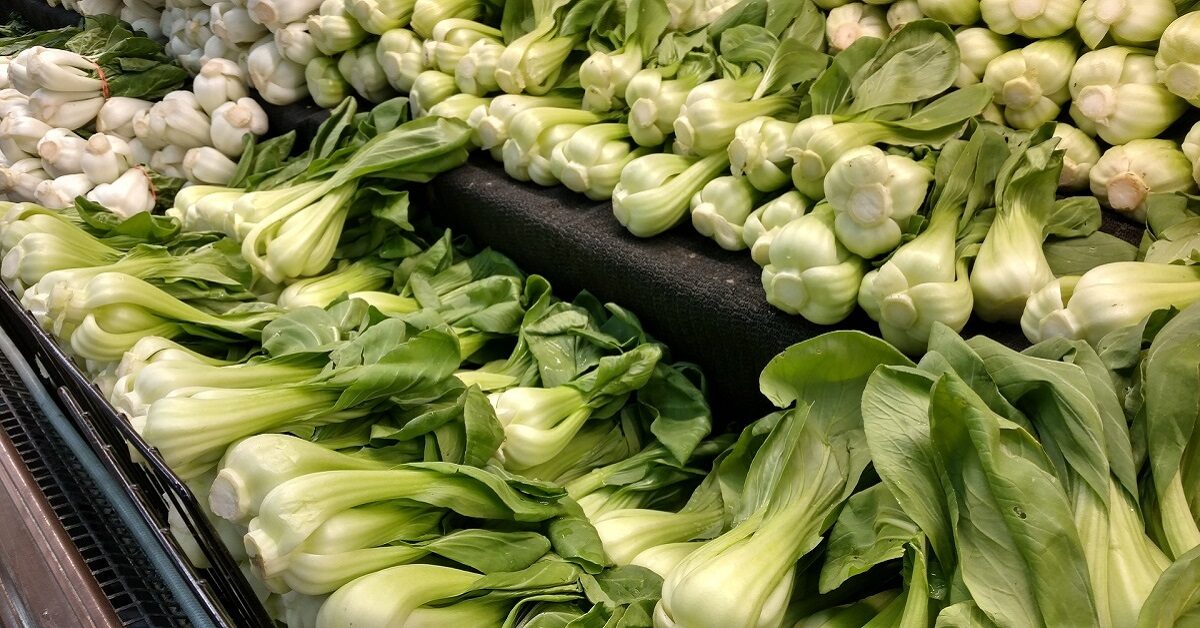
Many leafy green veggies are low in carbs and therefore very suitable for low-carb diets. Vegetables low in carbs include:
Vegetables low in carbs include
- Alfalfa sprouts
- Lettuce
- Spinach
- Kale
- Swiss chard
- Celeries
- Brussels sprouts
- Zucchini
- bok choy
Others are:
- Tomatoes
- Bell peppers
- Cauliflower
- Asparagus
- Okra
- Radishes
- Cabbages
- Arugula
- Cucumbers,
- White mushrooms,
- Broccoli
- Radicchio
Kale, like many other leafy veggies, is low in carbs but high in minerals, such as potassium, calcium, iron, and selenium. It is also high in vitamins such as A, K, C, E, folate (folic acid, B9), and beta-carotene (an antioxidant).
Folate plays a role in protein metabolism, DNA and RNA synthesis. It is also involved in the formation of red blood cells, especially during fetal development.
Kale is also a source of sulforaphane and indole-3-carbinol believed to help protect against cancer. It is also a rich source of the antioxidants lutein and zeaxanthin that play roles in maintaining healthy eyes and good vision. The antioxidants also lower the risk of cataracts and macular degeneration related to aging.
Antioxidants are an essential part of a healthful diet because they help to fight oxidative stress. Oxidative stress is caused by free radicals formed in the course of the body’s normal metabolic processes.
Oxidative stress caused by free radicals leads to cell damage, resulting in various diseases such as cancer, diabetes, Parkinson’s disease, Alzheimer’s disease, and cardiovascular diseases.
Spinach is rich in calcium, magnesium, and iron. It is a good source of iron, folate, and vitamins K and C. It also has nitrates that help to dilate the blood vessels. The dilation reduces blood pressure and increases blood flow to vital organs.
Spinach is rich in antioxidants such as lutein, zeaxanthin, and beta carotene. The oxidants have anti-inflammatory and anti-cancer properties. They also help to maintain healthy eyes and good vision.
6. Nuts and seeds low in carbs
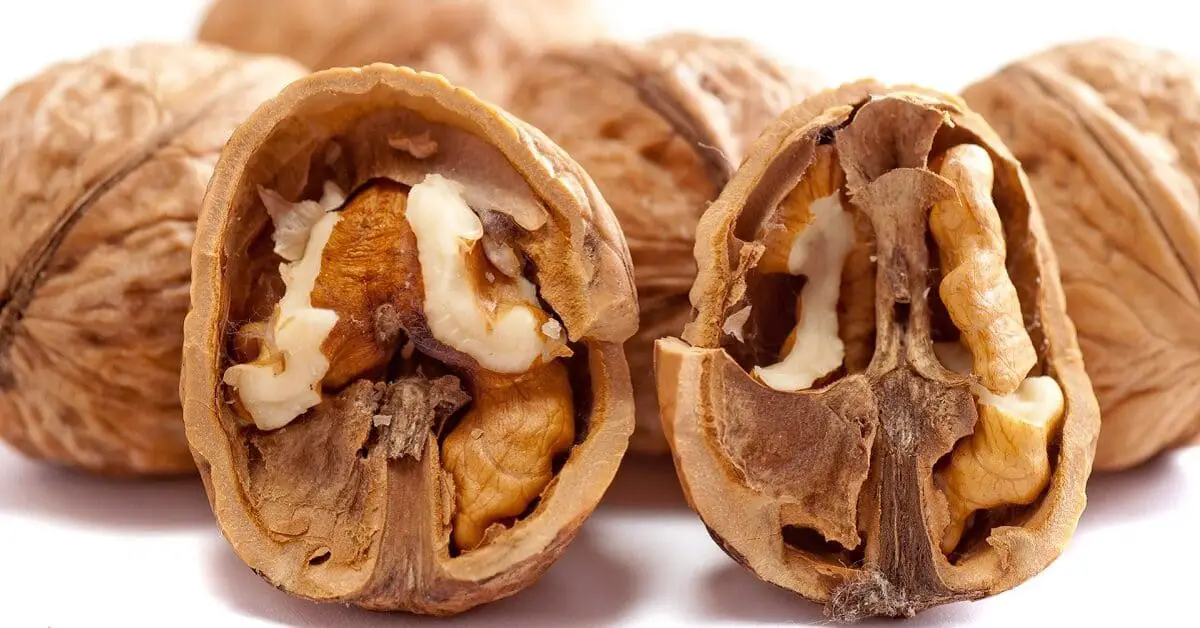
Nuts and seeds are excellent foods low in carbs and net carbs. They are also relatively high in protein.
The term “net carbs” refers to the total digestible carbs in a food item. It is calculated as total carbs less fiber or sugar alcohol content.
[Note: Despite the popularity of the term “net carbs,” it does not yet have a precise legal definition. The term is also not recognized by the FDA and the American Diabetes Association.]
Nuts are relatively low in saturated fatty acids and high in “healthy ” unsaturated fats. Unsaturated fats are considered heart-friendly due to their anti-inflammatory properties and ability to regulate blood cholesterol.
According to Brufau and colleagues, nuts have a low ratio of the amino acids lysine and arginine. The low ratio of the amino acids is linked with a lower risk of developing high cholesterol and coronary heart disease.
Nuts are also rich in fiber, vitamins, minerals, antioxidants, and phytosterols. Phytosterols are a group of sterols found in cell membranes. They have cholesterol-lowering properties.
Nuts are generally suited for low-carb diets. Nuts low in carbs include almonds, brazil nuts, hazelnuts, pecans, walnuts, macadamia nuts, cashews, chestnuts, pistachios, and pine nuts. Almonds are rich in proteins and fats and low in carbs.
They are also rich in:
- Monounsaturated, polyunsaturated fats (healthy fats).
- Fiber
- vitamin E
- Calcium to build strong bones
Almond skin may promote probiotics lactobacillus and bifidobacteria that help in maintaining gut health. They also have antioxidant flavonoids.
Hazelnuts are rich in:
- Protein
- Saturated fats.
- Monounsaturated and polyunsaturated fats
- Potassium
- Folate
- Vitamin E
Walnuts can also support a low-carb keto diet. They are:
- High in proteins and fat
- Low in saturated fats
- High in healthy unsaturated fats and polyunsaturated fats
- High in omega-3 fatty acids and alpha lipolic acid (ALA)
- Rich in vitamin E and folate
- Rich in antioxidants that protect against cancer
- High in probiotics that enrich the gut with beneficial bacteria
Besides walnuts, other nuts, such as pecans and chestnuts, also have high antioxidants in the pellicles (skin), according to Blomhoff and colleagues.
7. Fats and oils
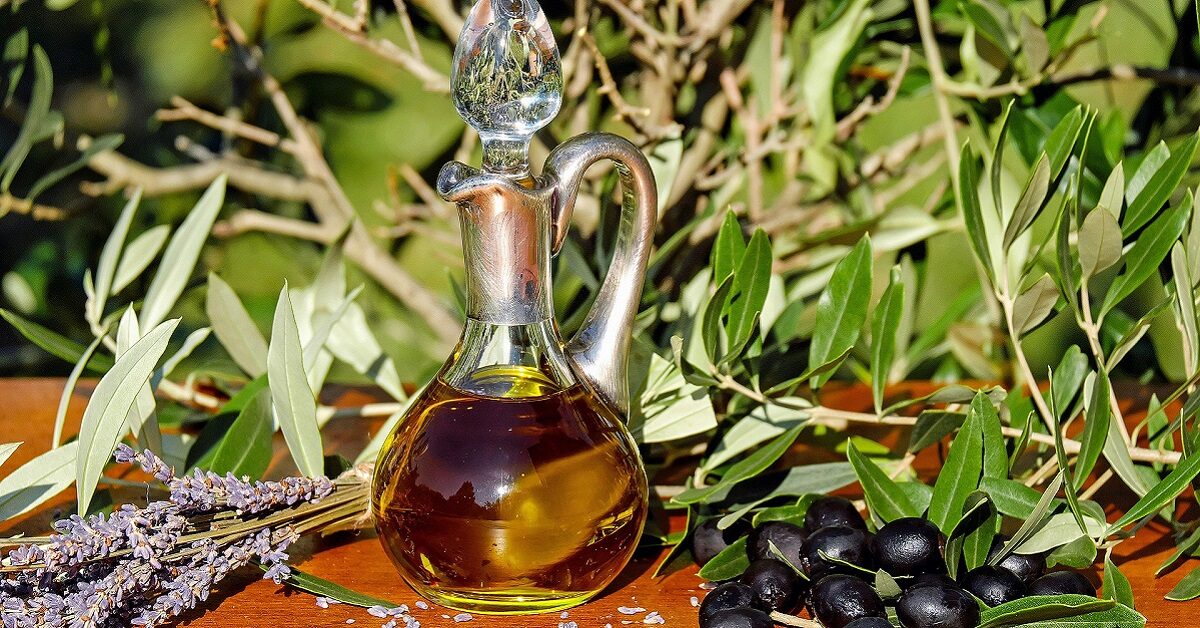
Although fats and oils have a bad reputation among health and fitness enthusiasts, they are, in fact, an essential part of a healthy diet. They play such key roles in biological processes that having too little in your diet could wreak havoc on health.
Fats and oils have zero carbs essentially because they are 100% fat. But despite not having carbs, they are very high in energy.
The words fats and oils are used interchangeably, but the main difference is that fats are solid at room temperature (about 68 degrees Fahrenheit or 20 degrees Celsius) while oils are liquid.
Fats and oils are pivotal to ketogenic diets that work by replacing carbs with fats as a source of energy.
However, all fats and oils are not made equal. The world of nutrition has understood for quite some time that oils high in saturated fats are less healthy than those high in monosaturated and polyunsaturated fats.
Unsaturated fats contribute to health by helping to lower LDL (“bad”) cholesterol levels.
Healthy oils containing more unsaturated fats and less saturated fats include olive oil, avocado oil, flaxseed oil, sesame oil, grapeseed oil, canola oil, and sunflower seed oil.
Olive oil, extra virgin
Olive oil, used widely in Mediterranean diets, is considered to be one of the healthiest oils. Nutritionists recommend that you always choose olive oil with the words “extra virgin” on its label.
Extra virgin olive oil is high-quality oil produced by mechanical means (cold-pressed) without heat or chemical solvents. It has low free acidity (oleic acid) and retains its full complement of heart-friendly unsaturated oils and antioxidants.
Extra virgin olive oil contains plenty of healthy monounsaturated fats. Antioxidants include polyphenols that have anti-cancer, anti-inflammatory, anti-allergic, and antimutagenic activity, according to Gorzynik-Debicka and colleagues. Polyphenols also help to modulate the immune system by promoting the production of white blood cells.
Beneficial phenolic and polyphenols in olive oil include oleuropein, tyrosol, hydroxytyrosol, verboscoside, ligustroide, and demethyleuropein. They have antimicrobial, antiviral, cardioprotective, and anti-cancer properties, according to Gorzynik-Debicka et al.
The main disadvantage of olive oil is the relatively low smoke point that makes it unsuitable for high-heat cooking, such as deep-frying.
Nutritionists recommend that you consider the smoke point when choosing the type of oil to use for cooking.
Smoke point refers to the temperature at which an oil begins to smoke, burn, and break down. When you heat an oil past its smoke point, it starts to lose flavor and nutrients. It may also break down into free radicles that could be harmful to health.
Due to having a low smoke point, olive oil is best for low- and moderate-heat cooking.
Avocado oil
Avocado oil is low in carbs. It has the advantage of a higher smoke point. It is, therefore, more suitable than olive oil for high-heat cooking. Avocado oil can be used for deep frying.
Avocado oil is rich in healthy monounsaturated fatty acids (MUFAs) but lower in polyunsaturated fatty acids (PUFAs). It also contains some saturated fatty acids.
It contains biologically active antioxidants, such as tocopherols, tocotrienols, phytosterols, carotenoids, and polyphenols. Its antioxidant properties are similar to olive oils, according to Flores and colleagues.
Sunflower oil
Sunflower oil is heart-friendly and low in carbs. It is high in unsaturated and polyunsaturated fats, including omega-6 fatty acids that help to lower LDL (“bad”) cholesterol and triglyceride levels. It has a high smoke point of 440°F (230°C), making it suitable for high-heat cooking, including deep-fraying, pan-frying, baking, roasting, and grilling.
Canola oil
Canola oil — made from oil extracted from rapeseed — is low in unhealthy saturated fats and high in monounsaturated and polyunsaturated fats. It also contains vitamins E and K.
Flaxseed oil
Flaxseed oil is another healthy oil choice. It is rich in vitamin E (alpha-tocopherol) and high in polyunsaturated fats but lower in monounsaturated fats. It contains omega-3 and omega-6 fatty acids.
Grapeseed oil
Grapeseed oil is a healthy zero-carb food low in saturated fats. It is a good source of the antioxidant vitamin E (76). It is relatively low in saturated fats, high in polyunsaturated fats, Omega-3, and omega-6 fatty acids.
Sesame oil
Sesame oil is a heart-friendly oil rich in polyunsaturated and monounsaturated fats. It is rich in omega-3 and omega-6 fatty acids. It has anti-inflammatory antioxidants that lower the risk of cardiovascular diseases, such as atherosclerosis and stroke.
It contains vitamin E (alpha-tocopherol) and K.
Sesame oil has a high smoke point of 350-410°F (175-210°C) (80), making it suitable for high-heat cooking.
8. Fruits low in carbs
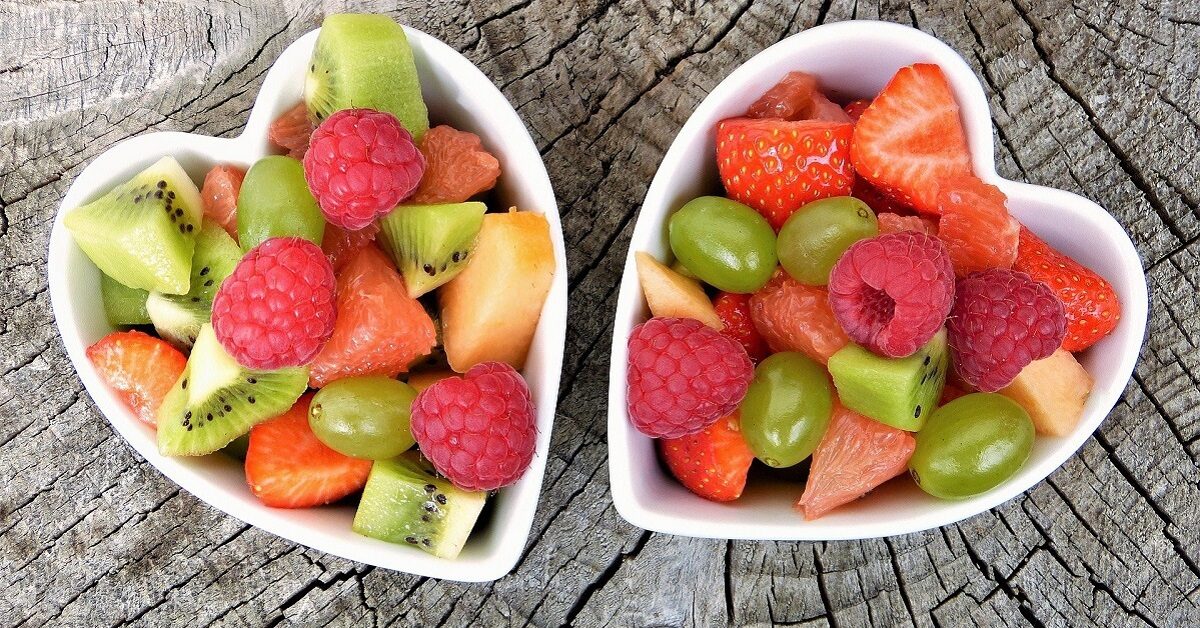
Although most fruits are low in carbs, some have moderate-to-high sugar levels, especially when ripe. But even though some fruits are high in sugars such as glucose, sucrose, and fructose, they have tremendous health benefits that make them healthy inclusions in low-carb diets when consumed in carefully measured quantities.
For instance, fruits are high in vitamins, minerals, and antioxidants that help lower the risk of cancers and heart diseases.
We shall first list the fruits with the lowest carb (sugar) levels and lots of vitamins, minerals, and antioxidants before mentioning a few fruits that are relatively high in sugars but still have health benefits if consumed in small quantities.
Some of the healthiest fruit choices for low-carb diets include watermelon, casaba melons, avocados, berries, cantaloupe, honeydew, cherries, plums, and sour citruses, such as lime.
Watermelon is ideal for a low-carb diet because it has high water content and low carbs. A half-cup of diced watermelon contains only 5.5 grams of carbs. It is also low in fibers and high in vitamin A, C, and antioxidants such as beta-carotene and lycopene.
Casaba melon is also very low in carbs. A half-cup of cubed casaba melon has only 5.5g of carbs. It is rich in minerals such as potassium and vitamin C.
Berries
Berries are generally low in carbs and are ideal for a low-carb diet.
Blackberries are healthy fruits low in carbs. A half-cup contains only 7g of carbs. Blackberries are high in fiber, vitamin C, and minerals such as potassium, magnesium, and calcium. They also contain antioxidants such as the antitumor and anti-inflammatory pectin. They contain water-soluble phenolic pigments called anthocyanins that have cardioprotective properties.
Strawberries are healthy and low in carbs. A half-cup of sliced strawberries contains only 6.5g of carbs. They are also rich in antioxidants that have anti-cancer, anti-inflammatory, and cardio-protective properties.
Raspberries are low in carbs. A half-cup contains only 7.5 grams of carbs. They are high in fibers and are good sources of vitamin C, potassium, and antioxidants.
Cranberries are low-carb fruits. A half-cup contains only 6.5 grams of carbs. They contain antioxidants with anti-inflammatory and anti-cancer activity. They also protect against infections of the urinary tract.
Cantaloupes
Cantaloupes are also suited to keto-diets. A half-cup contains only 6.5 grams of carbs. Cantaloupes are rich in vitamn A and C, and contain some folate (B9). They are also rich in minerals such as potassium and contain antioxidants such as beta-carotene.
Limes and grapefruits
Limes are very sour citrus fruits that contain fewer sugars than other citruses, such as oranges and tangerines. A serving of lime (one fruit weighing about 67g) contains only 7.1 grams of carbs.
They are rich in vitamin C and are good sources of calcium, phosphorus, magnesium, and potassium. Limes also have valuable antioxidant and antibacterial properties.
Grapefruits are also keto-friendly. A half-fruit of medium size contains only 10.5g of carbs. They are rich in vitamin A and C and contain folate. They also contain minerals such as calcium, magnesium, phosphorus, and potassium.
Grapefruits are rich in antioxidants called furanocoumarins, believed to have anti-inflammatory properties. According to Wei-LunHung and colleagues, furanocoumarins have anti-cancer properties.
However, they are known to have interactions with certain medications. If you are on medication, you should talk to your doctor before including grapefruits in your diet.
Other fruits such as oranges, apples, and bananas are relatively high in sugar. However, when consumed in small amounts, they are good sources of vitamins, minerals, and antioxidants.
But if you are on an ultra-low-carb diet, you may want to avoid them. You should also follow your doctor or nutritionist’s advice to exclude them from your low-carb diet.
9. Dairy products low in carbs
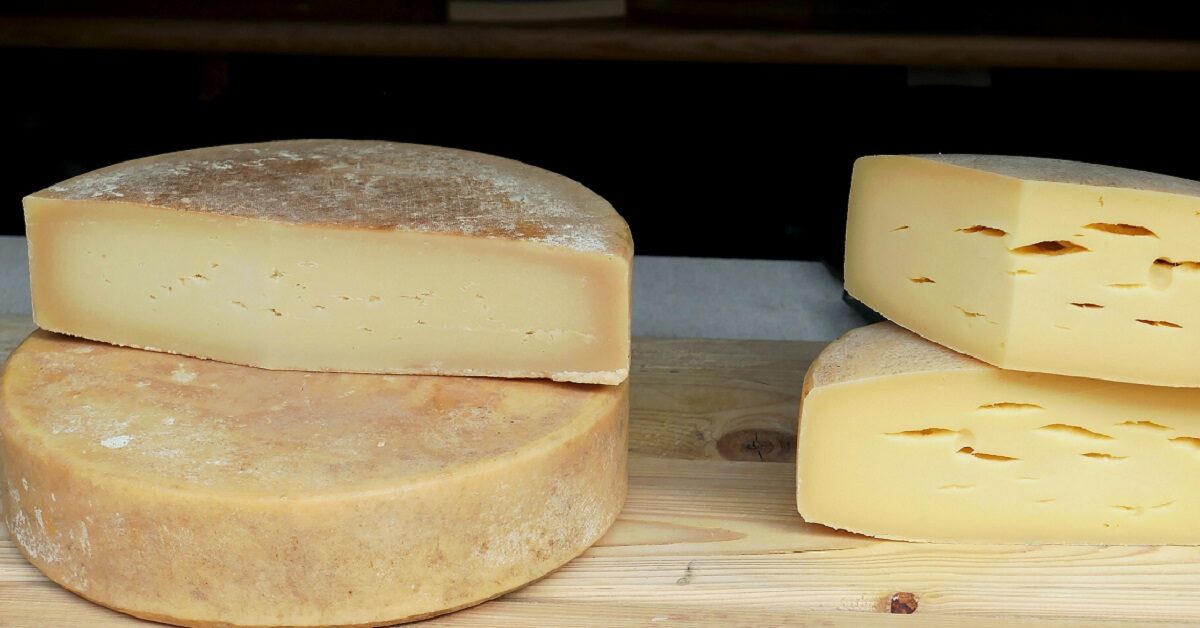
Since people on a keto diet want to increase fats, the best dairy products are those high in fats and low in lactose.
Dairy products high in lactose, such as evaporated milk and dry powder milk, are not suitable for keto diets. Sweetened dairy products, such as sweetened milk, sweetened yogurts, and ice creams, should also be avoided. Whole milk also contains carbs in the form of lactose and should be taken only in very small amounts by people on a low-carb diet.
People who don’t produce enough of the enzyme lactase to digest lactose experience digestive disturbances, such as bloating, flatulence, and diarrhea when they take lots of milk. Such people are said to be lactose intolerant.
Dairy products with lower lactose levels such as butter, ghee, cheese, creams, and Greek yogurts can form part of a healthful ketogenic diet. But you must take care to consume only small or moderate amounts of creams and yogurts because they contain carbs and saturated fats. While they can be included in moderate amounts in a low-carb diet, it is advisable to take less of them and more of foods containing healthier unsaturated fats.
Keto-friendly cheese low in carbs includes goat cheese, cheddar, and parmesan. Heavy whipping cream can also be part of a keto diet. Sour cream is also high in fats and low in carbs. It is also more suitable for people with lactose intolerance because it contains less lactose. Much of the lactose in sour cream has been converted to lactic acid by bacterial action.
There are many keto-friendly brands of plain low-carb Greek yogurt that can fit into a healthful keto diet plan. Avoid flavored yogurts and creams with addded thickeners because they contain more carbs. Look at the labels for the calorie count to determine which is best for you.
Butter and ghee can also form part of a keto diet because they are very low in lactose.

